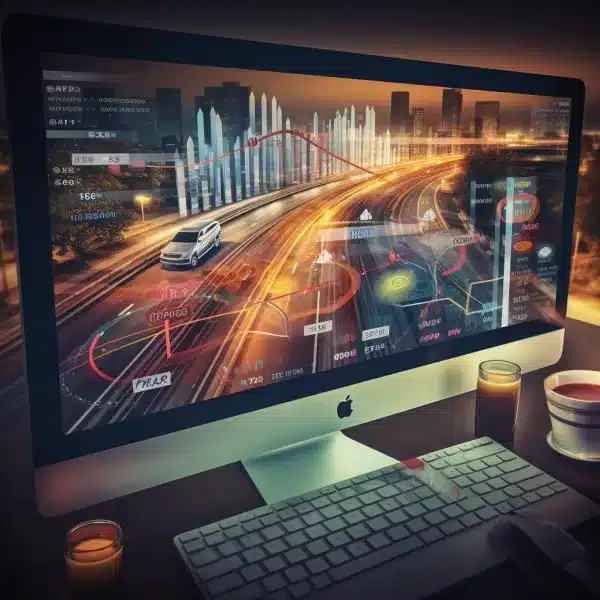
Key Takeaways:
- SEO is crucial for enhancing website visibility and organic traffic.
- Keyword research is essential for optimizing images for search engines.
- On-page optimization techniques, such as optimizing title tags and image alt text, play a significant role in improving image SEO.
- Image optimization contributes to website performance and faster loading times.
- Utilizing next-generation image formats like WebP and JPEG 2000 can enhance both quality and performance.

Importance of Keyword Research and On-Page Optimization for Image SEO
Table: Importance of Keyword Research and On-Page Optimization for Image SEO
| Benefits | Explanation |
|---|---|
| Improved website visibility | By incorporating relevant keywords and optimizing on-page elements, your website's images are more likely to appear in search engine results, increasing visibility among your target audience. |
| Higher rankings | Keyword-rich optimization helps search engines understand the context and relevance of your images, leading to improved rankings and increased organic traffic. |
| Increased organic traffic | By optimizing images for relevant keywords, you can attract more organic traffic from search engine users who are actively searching for content similar to what your images offer. |
| Enhanced accessibility | Optimizing alt text and on-page elements improves accessibility for users with visual impairments, making your website more inclusive and user-friendly. |
The Impact of Image Optimization on Website Performance and SEO
As a digital marketer, I understand the importance of image optimization for improving website performance and SEO. When it comes to optimizing your website's images, there are several key factors to consider.
FAQ
What is the importance of keyword research in image optimization for SEO?
Keyword research is critical in image optimization for SEO as it helps identify the most relevant keywords for your target audience. By optimizing your website's image content with these keywords, you can improve its visibility and rankings in search results.
Which tools can help with keyword research for image optimization?
Tools like Google Keyword Planner, Ahrefs, and SEMrush are valuable resources for conducting keyword research for image optimization. These tools provide insights into search volume, competition, and potential traffic to help you discover relevant and valuable keywords.
How does on-page optimization contribute to image SEO?
On-page optimization techniques, including optimizing title tags, meta descriptions, headings, and image alt text, play a crucial role in improving your website's visibility in search results. By strategically incorporating target keywords in these elements, you can enhance your image SEO and improve rankings.
What role does image optimization play in website performance and SEO?
Image optimization significantly impacts website performance and SEO. By reducing file sizes, compressing images, scaling them appropriately, and using the correct file format, you can enhance website loading speeds and user experience. This, in turn, improves user retention and SEO rankings.
How can new image formats contribute to image optimization and SEO?
New image formats like WebP, JPEG 2000, and HEIF offer improved quality and performance compared to traditional formats. By utilizing these next-generation formats and implementing image optimization techniques, you can improve website performance, SEO rankings, and create a better user experience.












